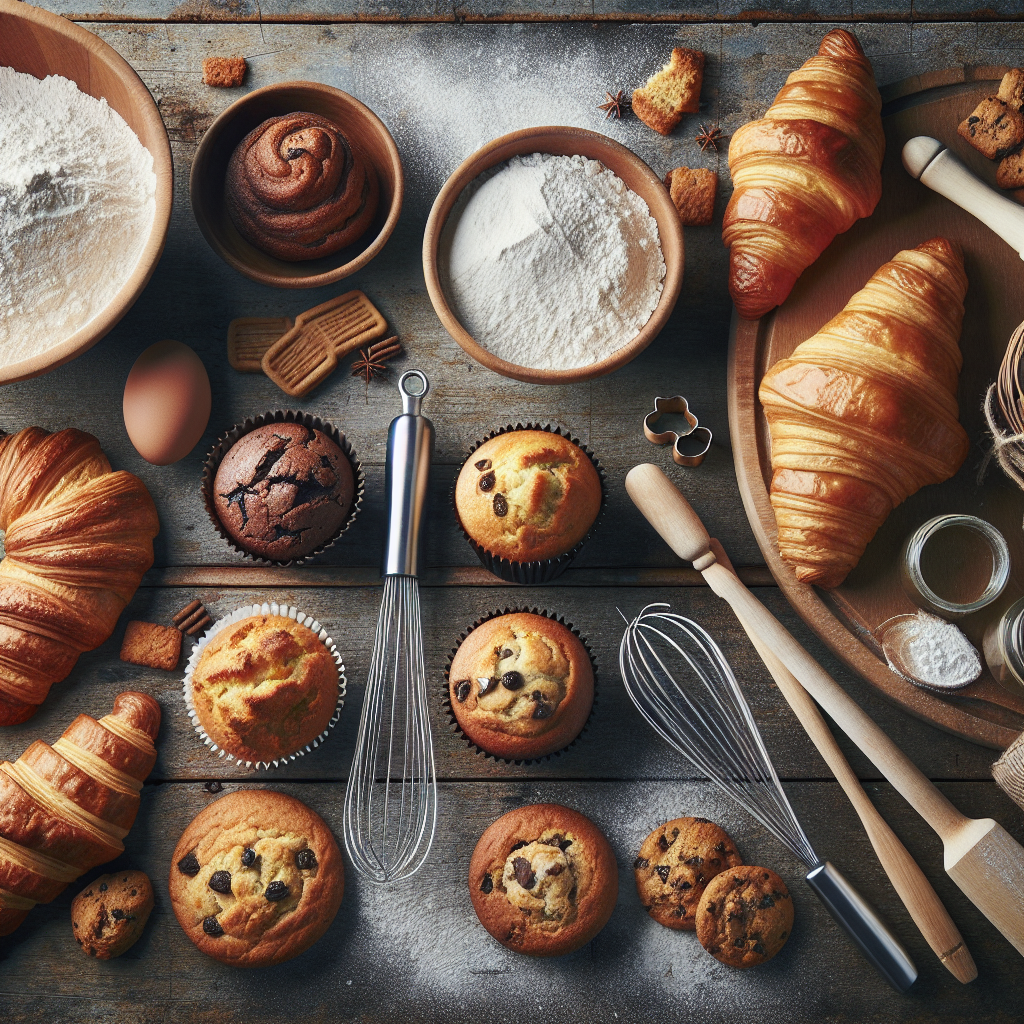Baking is as much a science as it is an art. One common pitfall that many bakers face is overmixing, which can lead to tough and dense baked goods. Whether you’re making cakes, muffins, or cookies, understanding how to mix ingredients correctly can make all the difference. Here are some essential tips to help you avoid overmixing and achieve the perfect texture in your baked creations.
1. Understand the Importance of Mixing
Before diving into tips, it’s crucial to comprehend why overmixing is a concern. When flour is mixed, gluten proteins develop. While a certain amount of gluten is ideal for structure, excessive mixing can lead to overly developed gluten, resulting in tough, chewy products instead of light and tender ones.
2. Use the Right Mixing Method
Different baked goods require different mixing techniques:
-
Muffins and Quick Breads: Combine dry and wet ingredients separately, then mix just until moistened. Lumps are okay; they help keep the final product tender.
-
Cakes: Creaming butter and sugar at the beginning is essential but be cautious not to overbeat once the flour is added. Mix until just combined.
- Cookies: Again, mix dough until ingredients are incorporated, but avoid long mixing times, particularly after adding flour.
3. Timing Is Key
Keep an eye on your mixing time. Set a timer to prevent longer mixing than necessary, especially when using an electric mixer. A stop-and-scrape technique can help maintain control; scrape down the bowl and mix again briefly to incorporate any flour pockets.
4. Prepare Your Ingredients
Having all your ingredients ready and at room temperature can help speed up the mixing process, reducing the temptation to overmix. Measuring accurately and prepping ingredients, like sifting flour, can also aid in smoother mixing.
5. Use Gentle Hand Mixing Techniques
For recipes requiring gentle folding, utilize a spatula, whisk, or wooden spoon. These tools allow better control and minimize the risk of overmixing compared to electric mixers.
6. Incorporate Ingredients Gradually
If your recipe calls for multiple ingredients, such as adding flour to a wet mixture, do so gradually. This allows for easier mixing and helps prevent the urge to mix too much to ensure even incorporation.
7. Avoid Excessive Flour Dusting
When working with doughs, too much flour on surfaces can incorporate more flour into your mixture, encouraging gluten formation. Use just enough flour for rolling or shaping, rather than dusting liberally.
8. Practice Batch Baking
If you’re new to a recipe, consider making smaller batches initially. This allows you to focus more on the process and develop an intuition for how much mixing is needed without risking large quantities.
9. Watch for Visual Cues
Develop a sense for what properly mixed dough or batter looks like. Typically, a cohesive texture without flour pockets is an indicator. If you see visible lumps but everything appears blended, it’s best to stop.
10. Learn from Experience
Every oven and mixing method varies, so learning through practice is key. Take notes on what works well and what doesn’t as you refine your baking techniques.
Conclusion
Baking should be enjoyable, and avoiding overmixing is an essential skill that contributes to the delightful experience of creating tender baked goods. By understanding the science behind mixing, using the right methods, and keeping these tips in mind, you can enjoy light, fluffy, and mouthwatering results every time you bake. Happy baking!

